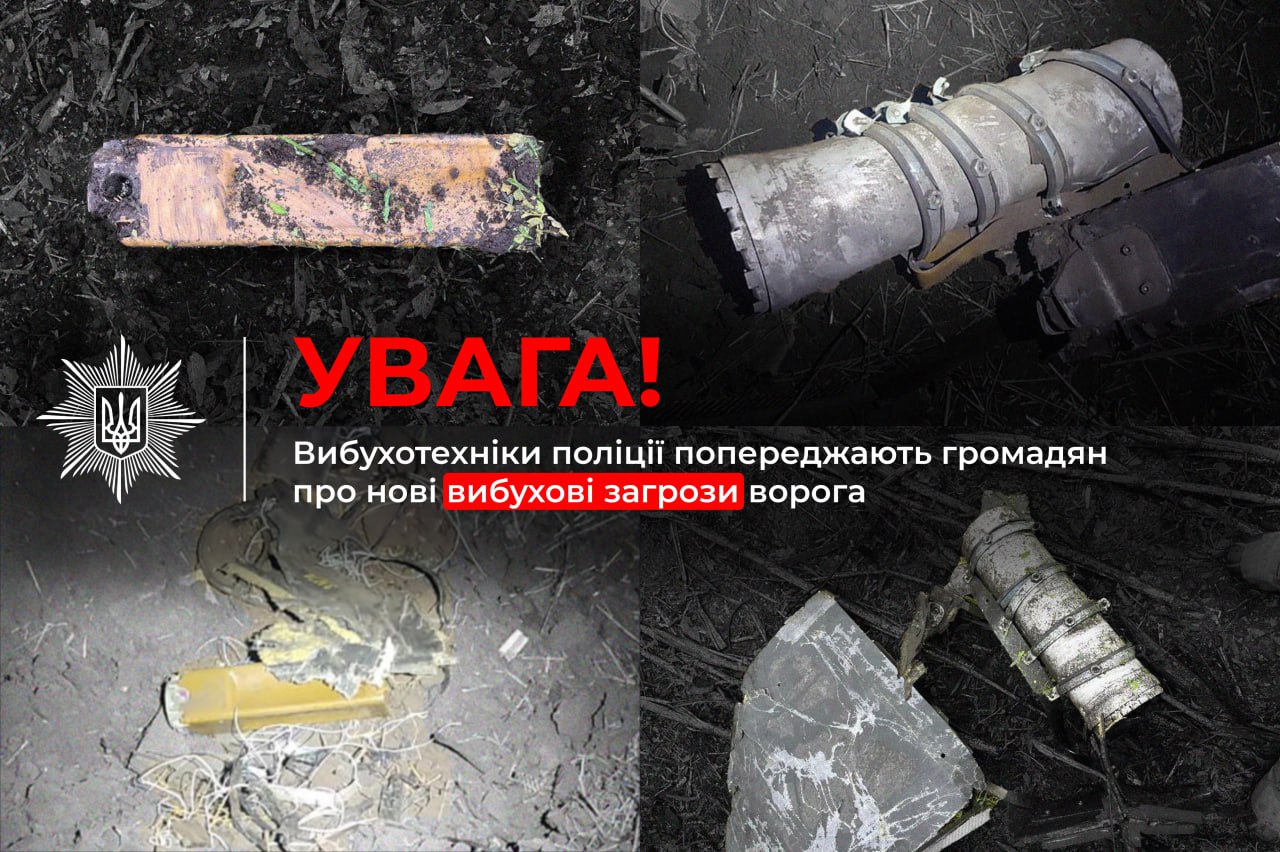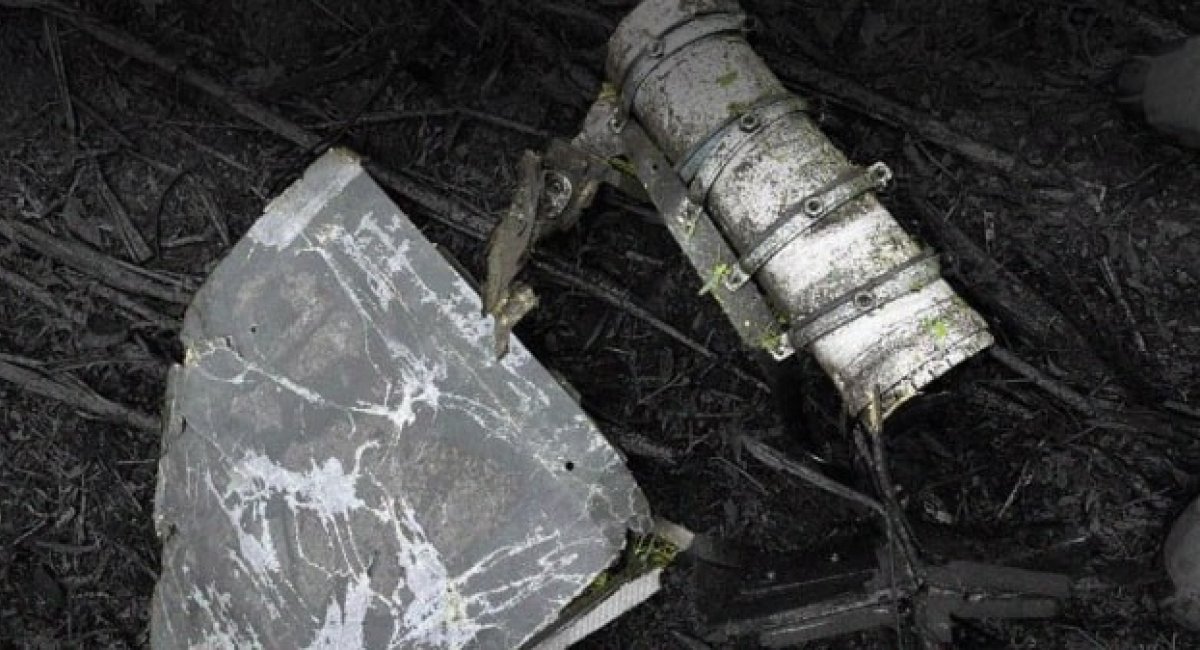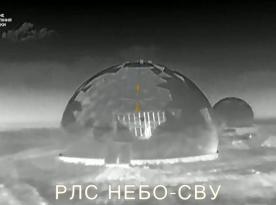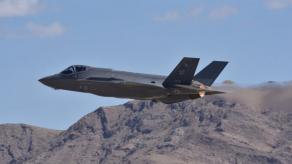On August 5, Ukrainian forces intercepted and brought down russian strike drone in Sumy region. The downed UAV was carrying the PTM-3 anti-tank mines under its wings, according to a statement released by the National Police. This discovery highlights a dangerous tactic employed by russian forces, remote aerial mining using unmanned platforms.
The use of drones to deploy anti-tank mines poses a severe threat not only to military vehicles but also to civilian infrastructure, especially in rural areas. By releasing mines from the air, the enemy can contaminate roads, farmland, and field paths without the need for direct troop presence, making detection and clearance significantly more difficult.
Read more: Ukrainian Forces Destroy russian S-300 Air Defense System in Precision Strike in Temporarily Occupied Zaporizhzhia

The PTM-3 mine is a small, lightweight munition encased in plastic. It features a magnetic fuse designed to detonate upon the approach or contact of vehicles. Its inconspicuous appearance, combined with its plastic body, makes it harder to detect using conventional demining equipment, compounding the danger for both military and civilian personnel.
Police have issued an urgent warning to all residents, especially drivers of agricultural and transport vehicles operating in rural zones. Overgrown vegetation often obscures visibility, increasing the likelihood of accidental contact with hidden mines. These areas are now considered high-risk zones for unexploded ordnance and booby traps.
Authorities stress the importance of caution and immediate action in case of mine detection. If a suspected mine is seen, the driver must stop the vehicle immediately, move to a safe distance, and contact emergency services. The same guidance applies to unexploded enemy drones found on the ground.
These drones may contain not only their main warhead but also hidden booby traps or pressure and motion sensors. Tampering with such devices can trigger secondary explosions, posing deadly risks to civilians, first responders, and sappers.
This incident underlines a growing trend in russia's war tactics: the weaponization of drones for irregular, long-range, and psychological warfare. The ability to mine territory remotely creates logistical and safety challenges and adds a new dimension to the already complex nature of the frontline and rear-area security.
As Defense Express previously reported, according to the Defense Intelligence of Ukraine, russia is preparing for a large-scale escalation in drone warfare by planning the production of up to 40,000 Shahed/Geran-2 strike UAVs in 2025. In addition to these loitering munitions, 24,000 decoy drones (the Gerbera models) are also slated for manufacture, suggesting an intensified reliance on both saturation attacks and electronic warfare deception tactics.

Read more: Ukrainian Intelligence Reveals: russia to Build 40,000 Shahed Drones and 24,000 Decoys in 2025














